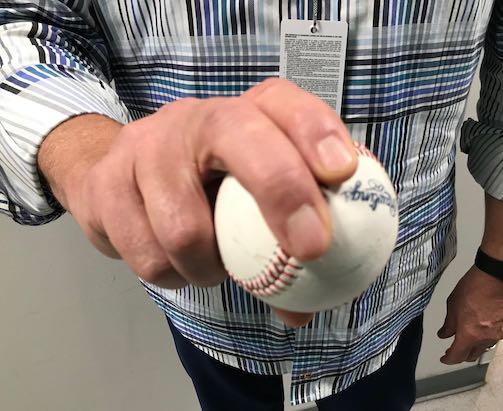The Blows Just Keep Coming for the Twins
Despite being a near lock to make the playoffs, the Twins are facing plenty of challenges on their way to October. Over the weekend, Michael Pineda was hit with a 60-game suspension for violating the MLB’s Joint Drug Prevention and Treatment Program. That seriously hurts the Twins starting rotation considering he’s been their best starter since June. But that’s not the only problem the Twins are facing now. Yesterday, news broke that center fielder Byron Buxton had labrum surgery, knocking him out for the rest of the season.
Byron Buxton will undergo labrum surgery today.
Rocco said his guess idea of an initial timeline is 5-6 months, but they’ll obviously know more once the procedure is done and they have a better idea of the work that was done.
— Do-Hyoung Park (@dohyoungpark) September 10, 2019
Buxton had been on the injured list since early August, but before that, he was putting together the best season of his career. In addition to his elite defense in center field, his bat had finally risen to meet the high expectations his prospect pedigree placed on him. He had cut his strikeout rate to 23.1% and pushed his isolated power up to .251, helping him post a 111 wRC+ in just under 300 plate appearances. If given a full year on the field, he was on pace to post a five-win season.
Buxton had been making progress rehabbing his shoulder with the hope of a late-September activation with an eye towards helping the team in the postseason. His return was never guaranteed, but now that he’s entirely out of the picture, it pushes the Twins outfield depth to its limit. Three other outfielders on the Twins roster have battled nagging injuries recently, leaving them critically short-handed despite the expanded rosters in September. Read the rest of this entry »

